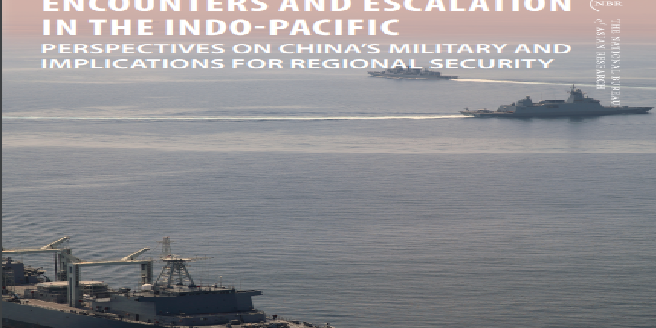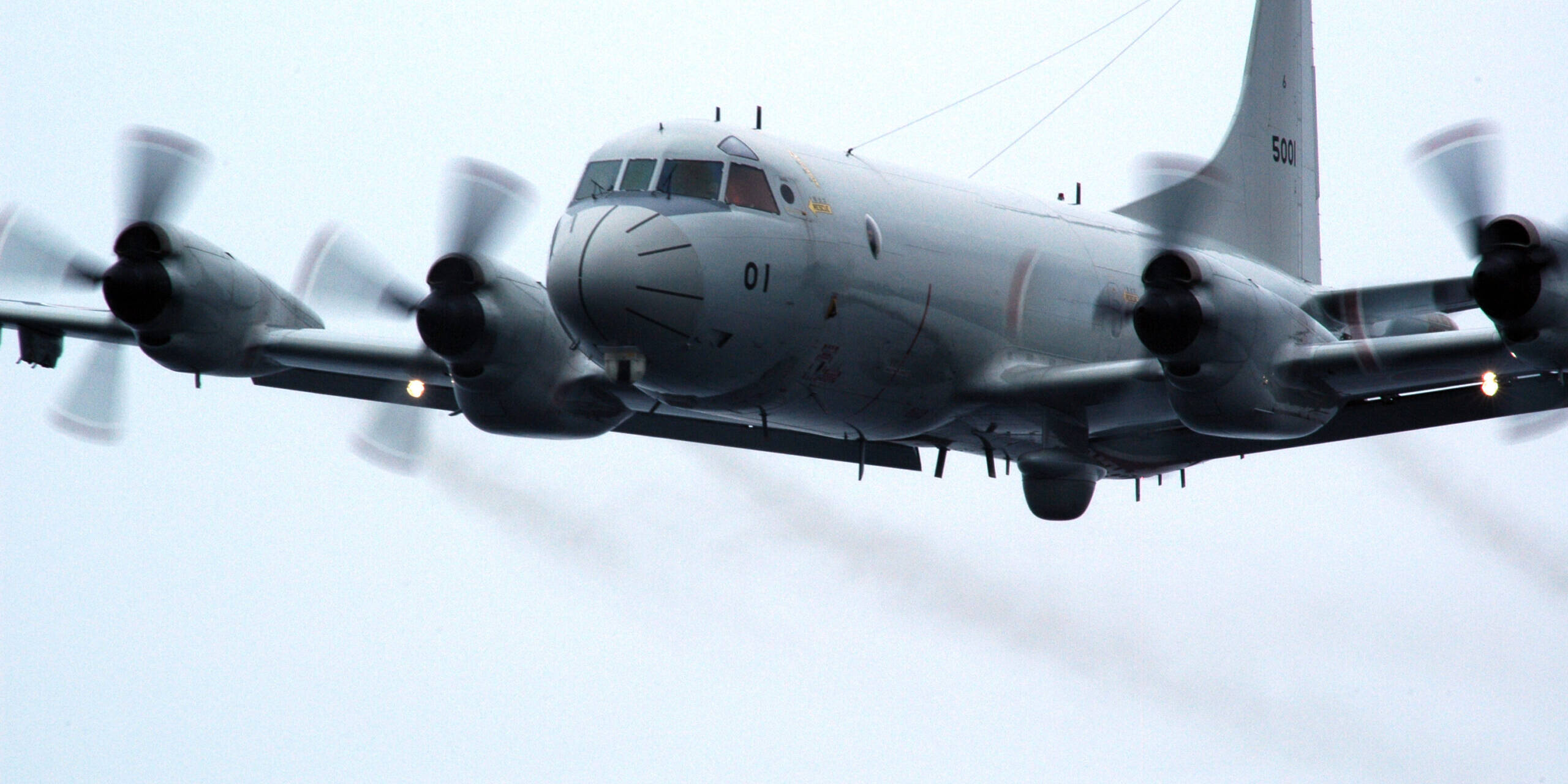Patrick Dupont, for Pacific Forum
The advent of the Biden administration brings with it an opportunity for the United States to take a fresh look at the Pacific Islands Region (PIR) in the face of new geopolitical realities. Since the end of the Cold War, the PIR has largely been viewed by the United States as a tranquil backwater with little need for attention. Traditionally, the attention Washington did give to the region was exclusively focused on Micronesia—a region which contains both the Freely Associated States (FAS) and US territories such as Guam. The remainder of the PIR, the sub–regions of Melanesia and Polynesia, were often left to close US partners such as Australia and New Zealand. Washington’s strategic neglect of the PIR—coupled with a clear prioritisation of the FAS over other regional states—has overlapped with a gradual encroachment by non–traditional partners in an area where the United States has traditionally been the principal external power. These non–traditional partners range from US friends and allies such as Taiwan, South Korea, and Japan to strategic competitors such as Russia and China. Of these non–traditional partners, China has distinguished itself as the most significant in the PIR.
In June 2019, the US Department of Defense released a major policy document that re–invigorated the Indo–Pacific as the United States’ priority theatre. The Indo–Pacific Strategy Report (IPSR) was largely reflective of the Trump Administration’s consistent China narrative: China is a revisionist power seeking to displace the United States’ global pre–eminence and its rise must be contained. The report highlights a revisionist China as the first of four ‘trends and challenges’ in the Indo–Pacific strategic landscape. Whilst clear in its appreciation of China as a strategic competitor, the IPSR fails to give strategic weight to the PIR and fails to highlight Beijing’s growing influence in Washington’s backyard.
Recent initiatives such as the ‘Pacific Pledge’ have been a positive step towards revitalising the United States’ regional engagement and maintaining its influence within the PIR. Despite perceptions that US involvement in the PIR has waned since the end of the Cold War, the United States maintains a privileged position in shaping the regional information environment through its strong social, cultural, linguistic, and historical links to the PIR. Because of this, Washington has been able to leverage its soft power to build strong military–to–military ties and security partnerships in the region. Where the United States has failed, however, is in its focus on the North Pacific at the expense of the South Pacific; its weak diplomatic presence throughout the South Pacific; high–profile but inconsistent diplomatic engagement with Pacific Island leaders; and inconsistent financial aid. Additionally, many Pacific Island leaders are acutely aware of the strategic competition between the United States and China and do not want engagement to be framed in terms of competition with China.
On the other hand, China has established itself as a strong economic partner with a growing diplomatic network in the PIR. Although Beijing has certainly made in–roads through geo-economic endeavours such as the Belt and Road Initiative, it suffers from image problems that have only been exacerbated by the COVID–19 pandemic. These image problems are rooted in the underlying ideological differences between a ‘Western–colonised’ and predominantly Christian PIR and ‘Communist China.’ This has only become more pronounced with the immigration of Chinese labour to support Chinese–led infrastructure projects; environmental degradation from Chinese–led projects; perceptions of ‘criminality’, namely through Chinese organised crime; resentment against the relative success of Chinese diaspora–run businesses; and a willingness to corrupt local elites. Further exacerbated by the elite–to–elite bias seen in Beijing’s engagement, these image problems have at times culminated into anti–Chinese sentiment and violence.
Despite a growing focus on Sino-US geostrategic competition, the PIR is becoming an increasingly crowded geopolitical environment. A growing multitude of small and middle powers have a strong stake to claim in the region’s future. Former colonial powers such as Australia, New Zealand, and France remain heavily invested in the region. These Western powers are, however, gradually being displaced by Asian powers such as China, Taiwan, South Korea, India, and Japan. Rather than solely focusing on countering Chinese influence in the PIR in the name of geostrategic competition, Washington must embrace the region’s growing multi–polarity and seek opportunities to enhance its engagement in conjunction with like–minded powers such as Australia, New Zealand, France, India, Taiwan, South Korea, and Japan. Furthermore, these partners need to be better incorporated into the existing regional architecture. Doing so will demonstrate a respect for the sovereignty of PIR countries to choose their development partners, whilst also diluting China’s influence.
To supplement and enable this cooperation, the incoming Biden Administration must also go beyond its focus on the FAS and ensure its diplomatic engagement with the entire PIR is more consistent. Washington must harness its key strengths—soft power and military–to–military relationships—and expand its diplomatic footprint across the region to better facilitate bilateral engagements. By doing so, the United States will demonstrate a genuine and long–term commitment that doesn’t simply fade away when other geopolitical imperatives arise.


